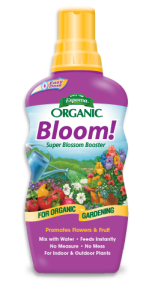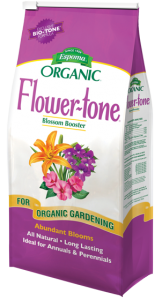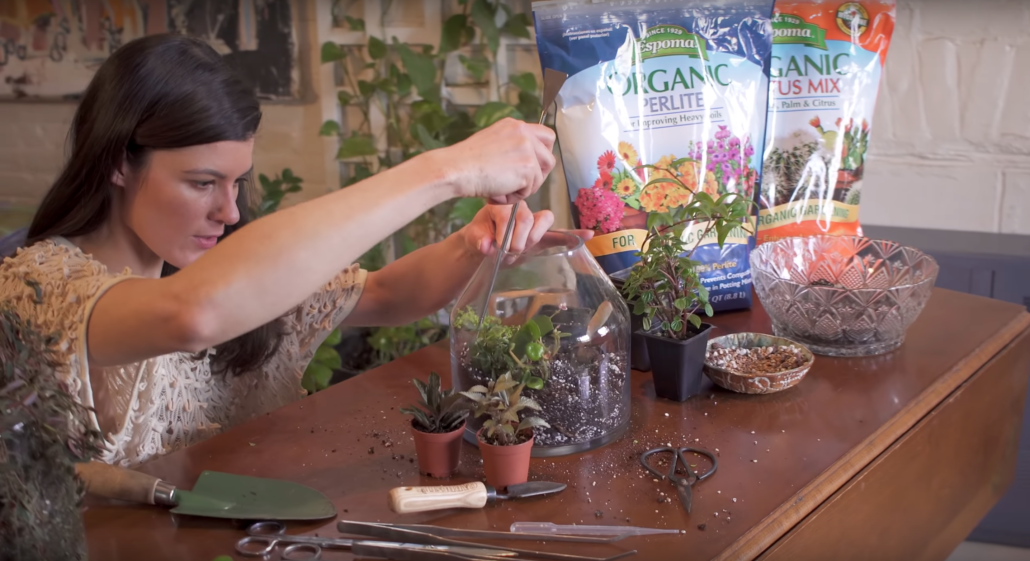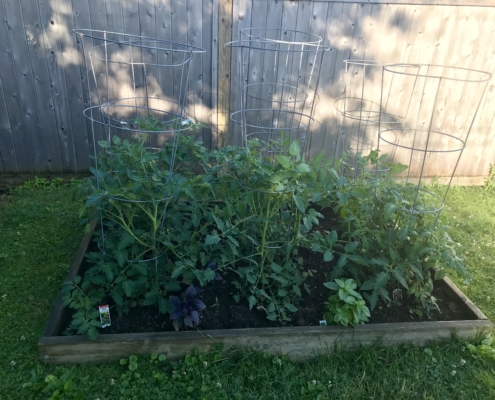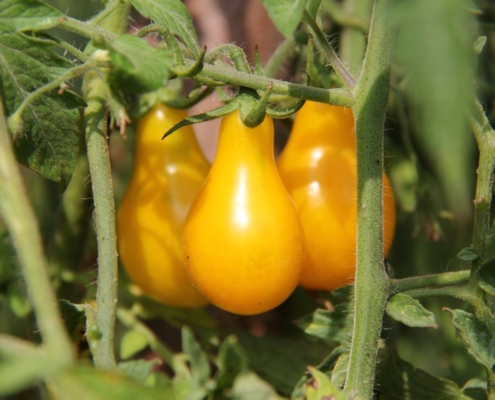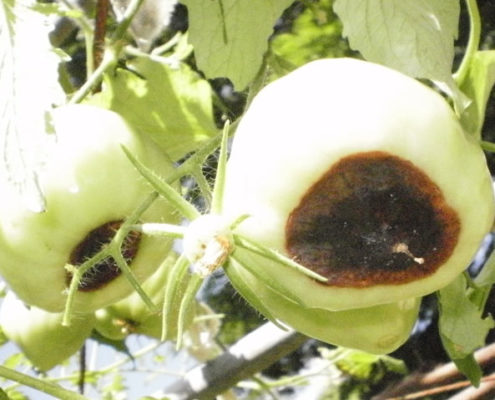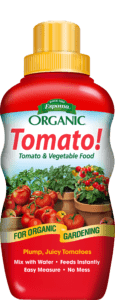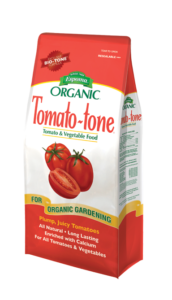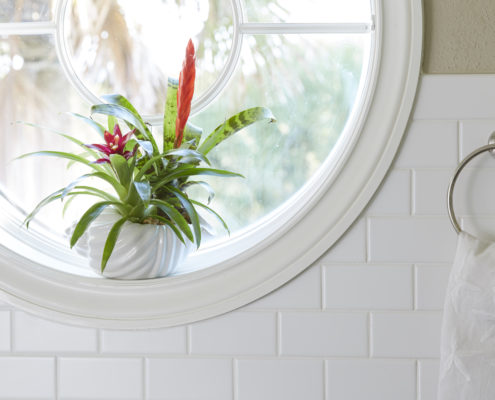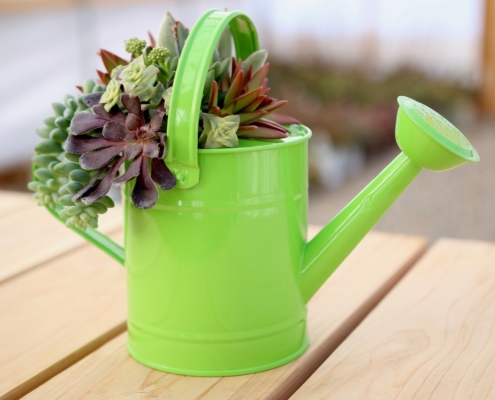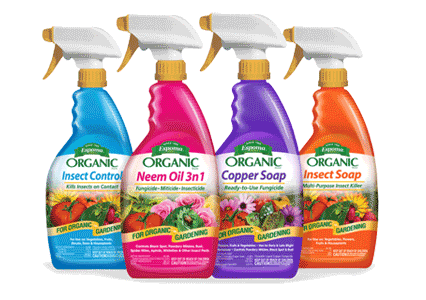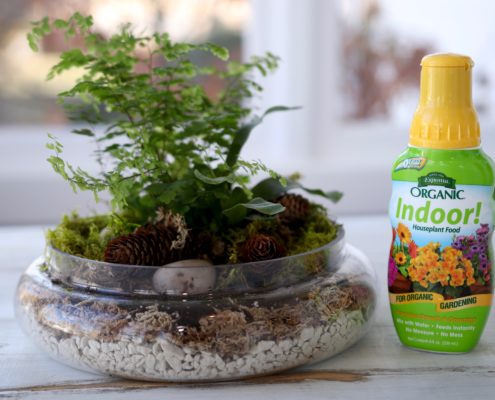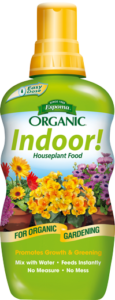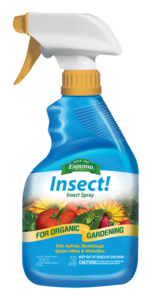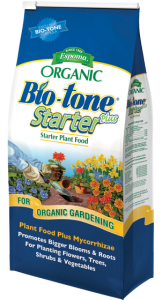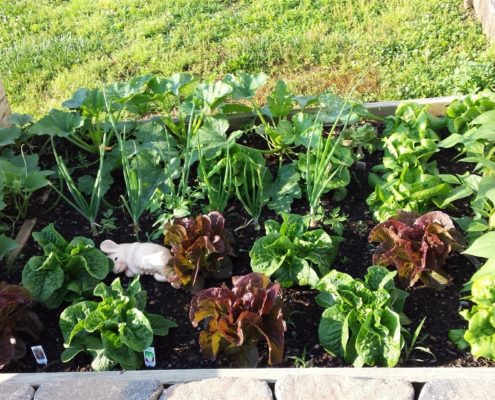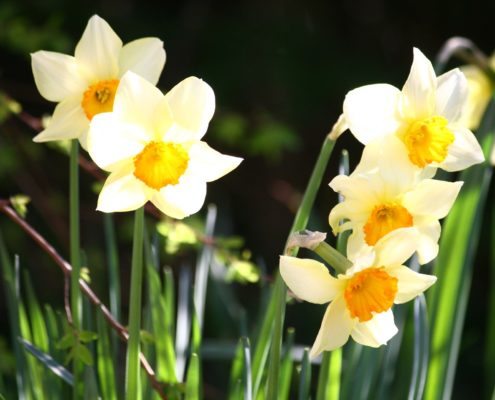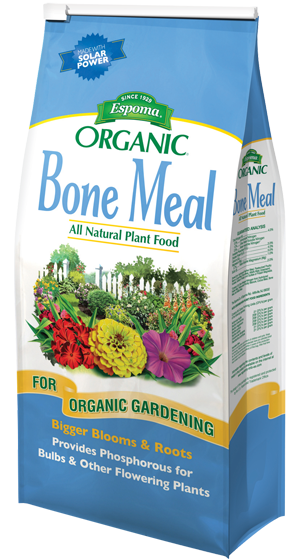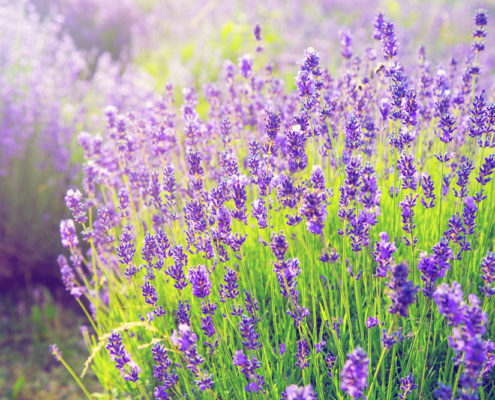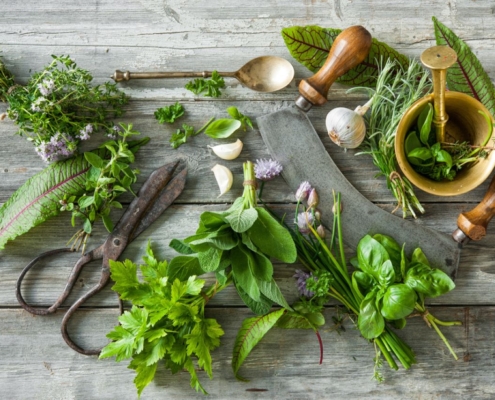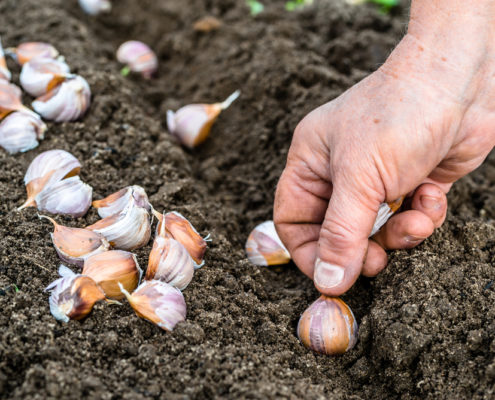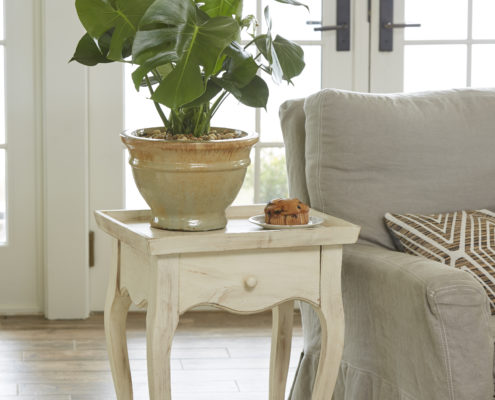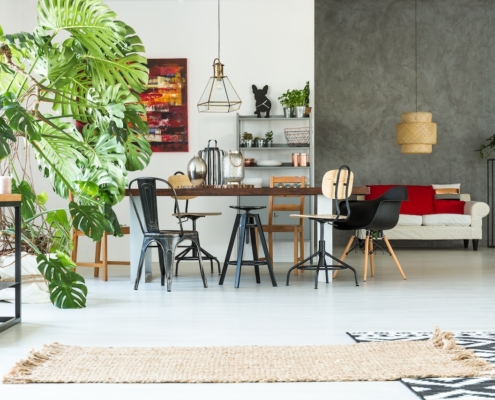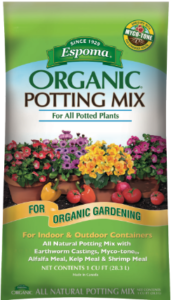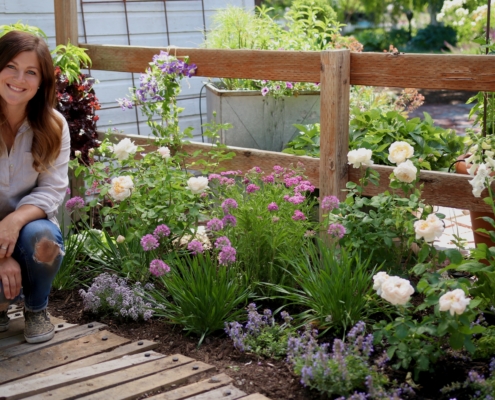Grow Them, Cut Them, Smell Them, Share Them
Gardening has many rewards and one of the best might be picking your own bouquet from the garden. Starting with the earliest spring flowering bulbs and extending to late fall mums and asters, having fresh flowers in the house is a wonderful luxury. Plus, it’s a joy to share and bring flowers to friends and family.
If you have room for a cutting garden —create one! It doesn’t need to be big or fancy to be effective. Just remember to feed the plants to get the best flower power. Try Espoma’s organic Flower-tone or liquid Bloom! fertilizer to give plants the nutrients they need.
Creating a beautiful floral arrangement can be fun and stress-relieving. Here are some tips to get you started.
Select a Vase
Select a vase, mason jar, vintage watering can or whatever fun object suits your mood. Make sure it’s clean, dirty containers can contaminate plants with bacteria. Think about the colors and the height of the flower stems when making your choice.
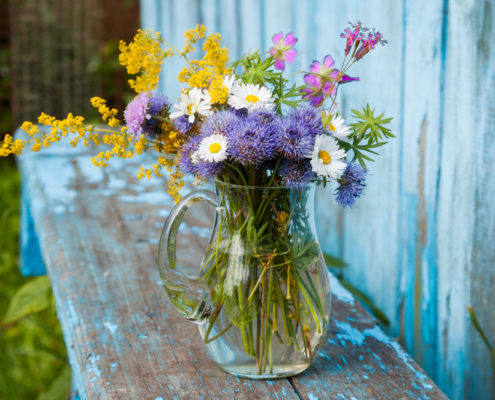
Clean the Stems
Remove leaves that will be below the water’s surface to help keep water clean and clear. If you’re working with roses, cut off the thorns to avoid getting pricked. Many people choose to remove the stamens of lilies because the pollen can stain skin and clothing. In any case, give the stems a fresh cut at a 45-degree angle and place them in water right away.
Choose a Style
Monochromatic arrangements use different flowers that have the same color. Choose varying shapes and textures to keep it interesting. Try using complementary or contrasting colors. Google a color wheel for inspiration. Using just one kind of flower in a vase gives a pop of color with a clean look. The more flowers you use in this design style the more dramatic the arrangement will be. Use odd numbers of flowers for a natural look.
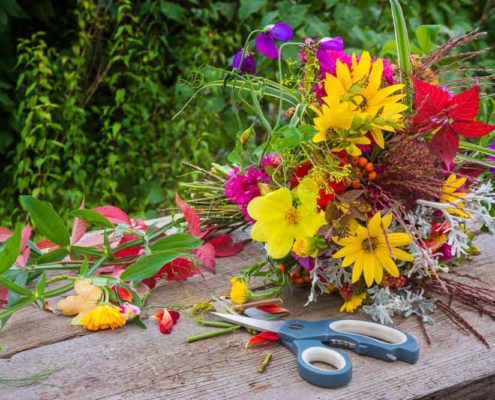
Height and Width
The height of your arrangement should be about one and a half times as tall as your vase for a classic design. Taller flowers are used in the center while smaller flowers and fillers like green foliage should be used around them to create a width that’s pleasing to you.
No Rules
The hottest trend right now is perhaps the easiest of all arrangement styles — it’s called a field bouquet. The rules pretty much all go out the window here. These are bouquets that have a variety of colors, and forms. They needn’t match per se. The design is free form. Sit down, take your time and keep turning the vase so you are seeing all sides of it. They aren’t necessarily symmetrical, they’re loose and playful. Let your creative self shine. When there are no rules, it can’t be wrong!
Here are a few of our blog posts we think you’ll might be interested in.
Nature Never Goes out of Style – Transition into a Fall Cutting Garden
7 Flowers for a Sun-Kissed July Bouquet
Best Wildflowers for Your Wedding Bouquet
Espoma Products

